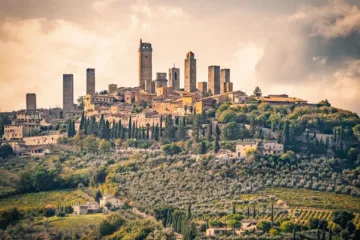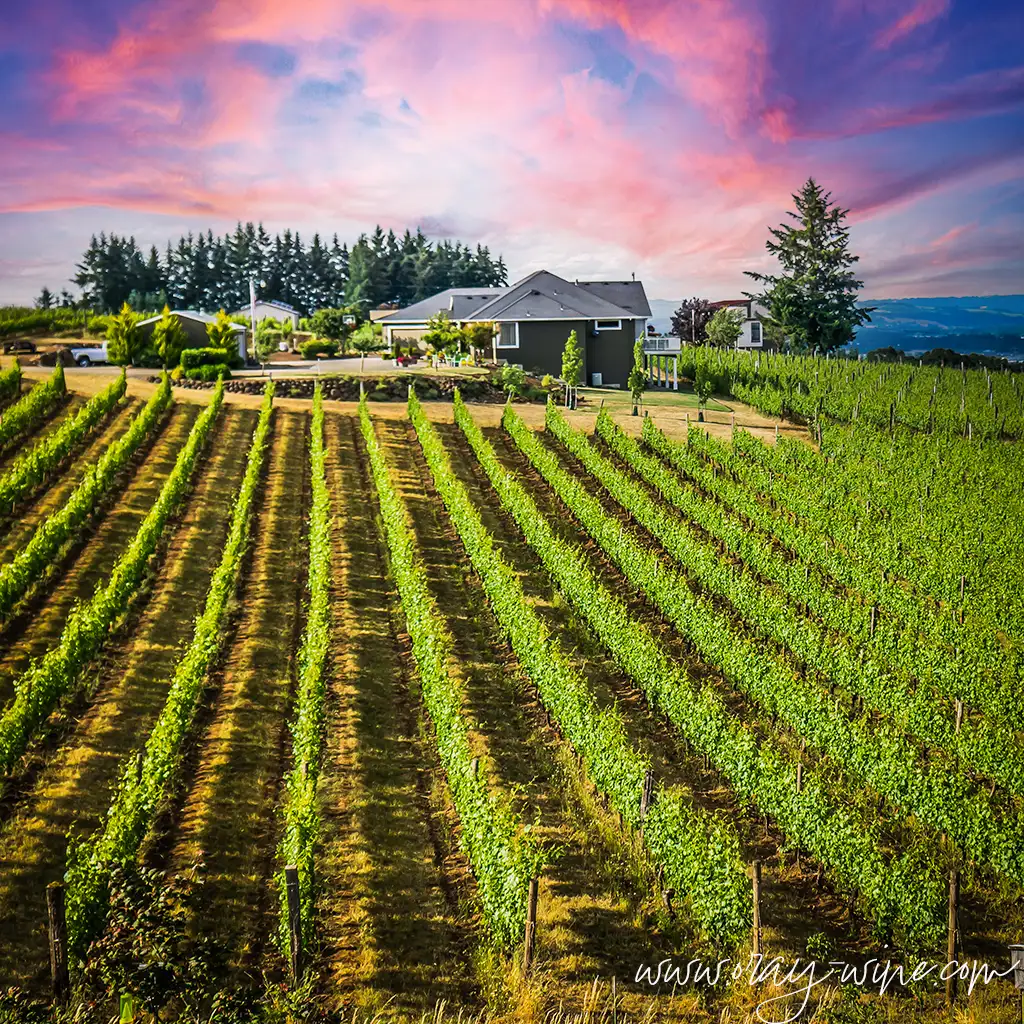
Oregon is now the fifth-largest wine-producing state in the USA after California, Washington, New York and Pennsylvania. However, Oregon has never been about quantity, but quality. Oregon has the unique climatic conditions to grow one of the finickiest grapes on earth: Pinot Noir and winemakers in the area have mastered the art of turning such a delicate varietal.
Wine enthusiasts consider Oregon Pinot Noir among the finest on earth, rivaling its European counterparts in quality and prestige. The west-coast state is also a leader in sustainable, organic and biodynamic viticulture, making its wines even more appealing. This article is aimed at helping you learn more about Oregon Pinot Noir.
The History of Oregon Pinot Noir
The earliest pioneers arriving in Oregon in the mid-1800s planted the first grapevines in the area. They founded the first wineries well before the state officially became part of the American Union. However, winemaking in Oregon remained small and localized for the next seventy years. Of course, Prohibition in the 1920s further limited Oregon’s wine efforts.
The real change came in the 1960s, when winemakers from California, looking for colder and better-suited climates to grow fine grape varieties, found in Oregon the perfect spot to plant one of the most challenging grapes to grow, Pinot Noir. In 1965, David Lett planted the first vines in the Willamette Valley, followed by Richard Sommer, Dick Erath, Dick and Nancy Ponzi, amongst others. With cuttings brought straight from France’s Burgundy, they laid the foundation for one of the best Pinot Noir wines in the country and the world.
These authentic pioneers elevated the region’s wine reputation and helped establish its American Viticultural Areas (AVA) while promoting sustainability and landscape preservation. Soon, it became clear that Oregon Pinot Noir was as interesting as that from prestigious French appellations, so much so that Burgundian producers themselves, notably Domaine Drouhin, established operations in the state.
As Oregon’s wine reputation grew, accolades and awards poured in. However, winemakers in Oregon kept pushing the boundaries. Over 50% of the vineyards are Certified Sustainable, and many are farmed organically or biodynamically. The result is reflected in the wine’s quality, which genuinely expresses a sense of place, or what the French call terroir.
Terroir and Viticulture
Pinot Noir is a cold-climate variety that thrives in northern latitudes; it is susceptible to moisture and extreme heat. It’s no surprise that Oregon has an ideal climate to grow it, with the Coast Mountain Range sheltering the vineyards from rain while providing over fifteen hours of daily sunlight during the growing season.
Oregon also has diverse soils, which have been instrumental in mapping the region’s AVAs. Two hundred million years of geological diversity means some vineyards are planted on volcanic soils while others lie on fine marine sedimentary rock. In a nutshell, climate and soil make Pinot grown in different areas look and taste different.
Most vineyards planted with Pinot are located in the Willamette Valley AVA, mainly because the autumn rain threatens slow-ripening grapes. Pinot, instead, ripens early in the season. Low rain also means no need for fungicides and pesticides, allowing for sustainable farming.
Winemaking
Oregon is home to many small and medium-sized wineries. This means that Oregon Pinot Noir is always worked artisanally and in small batches. This also makes Oregon Pinot rare and, therefore, sometimes expensive.
Producers pick and sort the grapes intensively, ensuring they only work with the finest fruit. Cold-soaking (see maceration) the grapes to extract color is typical. They are then fermented at low temperatures to achieve an elegant wine with refined aromas and balancing acidity. Mixing grapes from diverse vineyards is not uncommon, but single-vineyard wines are often more interesting. Finally, almost all Oregon Pinot Noirs ages in small oak barrels for at least six months before bottling.

Oregon Pinot Noir Flavor Profile
Unlike Burgundian Pinot, Oregon Pinot Noir offers ripe fruit aromas reminiscent of black cherries, blackberries, and sometimes cranberries. Always with hints of damp earth and brown spices from oak aging. Since Pinot Noir is a terroir-driven varietal, it’s easy to see why not all Oregon Pinot tastes the same. The wine can offer ripe or tart fruit and varied acidity levels depending on the terroir; Oregon is home to 23 AVA (American Viticultural Areas).
Oregon Pinot Noir offers vibrant acidity and smooth tannins, making it ideal for pairings with lean red meat, roasted white meat, roasted birds and oily fish like salmon and tuna. Youthful examples are best enjoyed chilled, while the most memorable Pinots are best enjoyed just under room temperature — they’re truly meditation wines on par with the best in the world.
Wines to Try
Beaux Freres The Beaux Freres Vineyard Pinot Noir, Ribbon Ridge
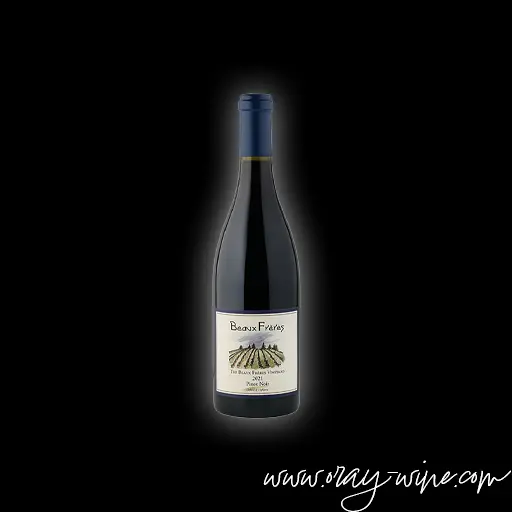
Michael G. Etzel founded Beaux Frères in 1986, turning a pig farm in the Willamette Valley into a patch of Pinot Noir. The family-owned estate greatly respects the environment, it takes great pride in implementing biodynamic winemaking practices and avoiding chemical sprays and commercial fertilizers. They even use the natural carbonic gas produced during fermentation to preserve their wines instead of using sulfur, giving some bottles unique fizziness.
This wine comes from the estate’s first vineyard, planted in 1988, resulting in concentrated fruit of enormous quality. The nose opens with ripe black cherries, floral aromatics, and a subtle earthiness. The palate is equally enjoyable, with powdery tannins, refreshing acidity and a long finish. This is the type of wine to open on special occasions, and it pairs well with roasted birds, oily fish and aged cheese.
Domaine Drouhin Laurene Pinot Noir, Dundee Hills
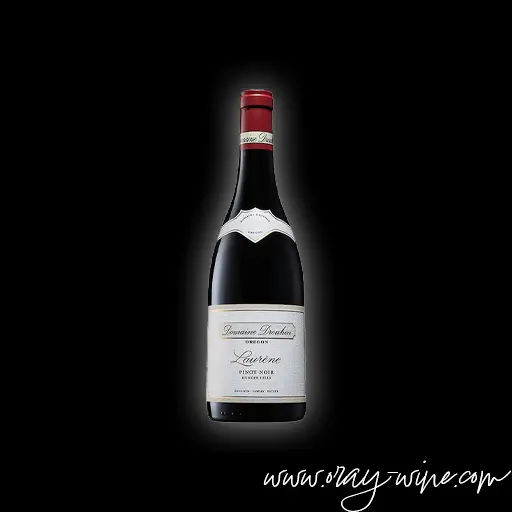
Burgundian winemaker Domaine Drouhin was one of the first Old World estates to recognize the quality of the Oregonian terroir. They purchased their first plot in 1987. The estate, of course, brought its timeless knowledge and began crafting Pinot Noir the old-fashioned way, with spectacular results.
Named after Veronique Boss-Drouhin’s eldest daughter, Laurene Pinot Noir is an iconic wine made from fruit grown in the Dundee Hills. The vineyard is Certified Low Input Viticulture Environment, and it’s tended like a garden. The wine shows black cherries and plums, followed by damp earth and potting soil with hints of violets. This wine is silky on the palate, and its piercing acidity carries its flavors long into the aftertaste. This wine pairs well with hearty stews like Bourguignon Beef, duck and grilled salmon.
Resonance Les Coteaux Pinot Noir, Willamette Valley
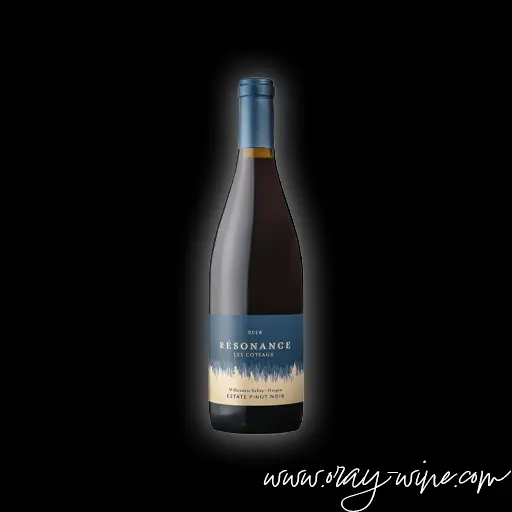
Resonance specializes in Pinot Noir from the Willamette Valley. The famous wines from Burgundy inspire them, but they have found their way to express their home’s terroir. Working closely with the remarkable Maison Louis Jadot (originating from Burgundy, France), Resonance works its land sustainably with hands-on viticulture, ensuring its wines reflect the personalities of the four major AVAs they work on.
Les Coteaux Estate Pinot Noir is made with grapes from the hills. The vines are organic and non irrigated, producing complex wines redolent of cherries, raspberries and licorice with floral notes and a spicy back palate. The wine is delicate and elegant, harmonious between alcohol, acidity and fine tannins, all brought together during 18 months in French oak barrels.

Follow me on my Social Media
Wine is a gourmet treasure, do not abuse alcohol!
None of this content has been sponsored
I did not receive any gifts or free samples that could be related to this article
